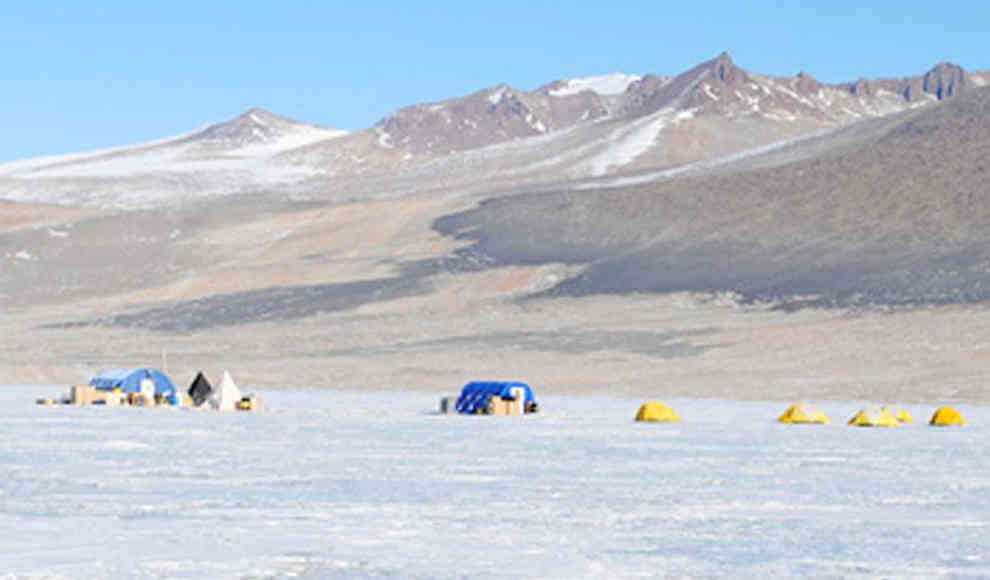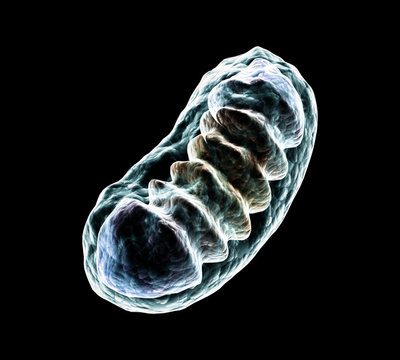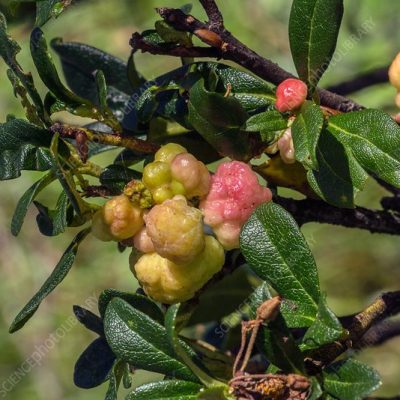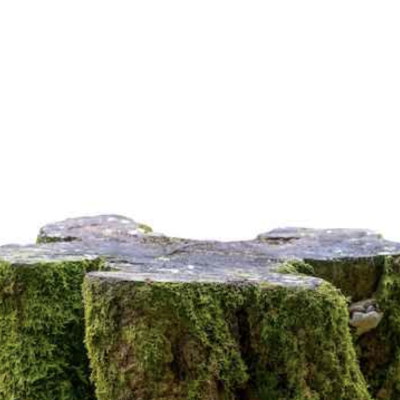In a groundbreaking discovery, American scientists have found living microorganisms under the thick ice sheet of Lake Vida in Antarctica. These bacteria have been completely isolated from the outside world for over 2,800 years, surviving in extremely salty water with a permanent temperature of minus 12 degrees Celsius. Despite these harsh conditions, the bacteria have adapted to their environment and are thriving. The researchers believe that the bacteria may have obtained their necessary energy from hydrogen produced by chemical reactions in the saltwater with the rock.
The discovery was made during drilling expeditions in 2005 and 2010, where the researchers found a thin layer of very salty liquid water at the bottom of Lake Vida, which was previously thought to be completely frozen. The water contained various sizes and shapes of microorganisms, with signs of recent cell division and active metabolism. The researchers were able to identify 32 different bacteria variants from eight different strains, some of which were similar to known species, while others showed no resemblance to existing ones.
The scientists speculate that the bacteria have developed a creative metabolism to survive in such an extreme environment, but the exact strategy is still unknown. The high concentration of molecular hydrogen and dissolved metals in the water, as well as the presence of various nitrogen compounds, may have played a role in their survival. This discovery is significant for astrobiology research, as similar environmental conditions can be found on some celestial bodies in our solar system, such as Jupiter’s moon Europa.
This groundbreaking discovery sheds light on the resilience and adaptability of microorganisms in extreme environments, and opens up new possibilities for the search for life beyond Earth. The researchers’ findings have been published in the scientific journal Proceedings of the National Academy of Sciences.










